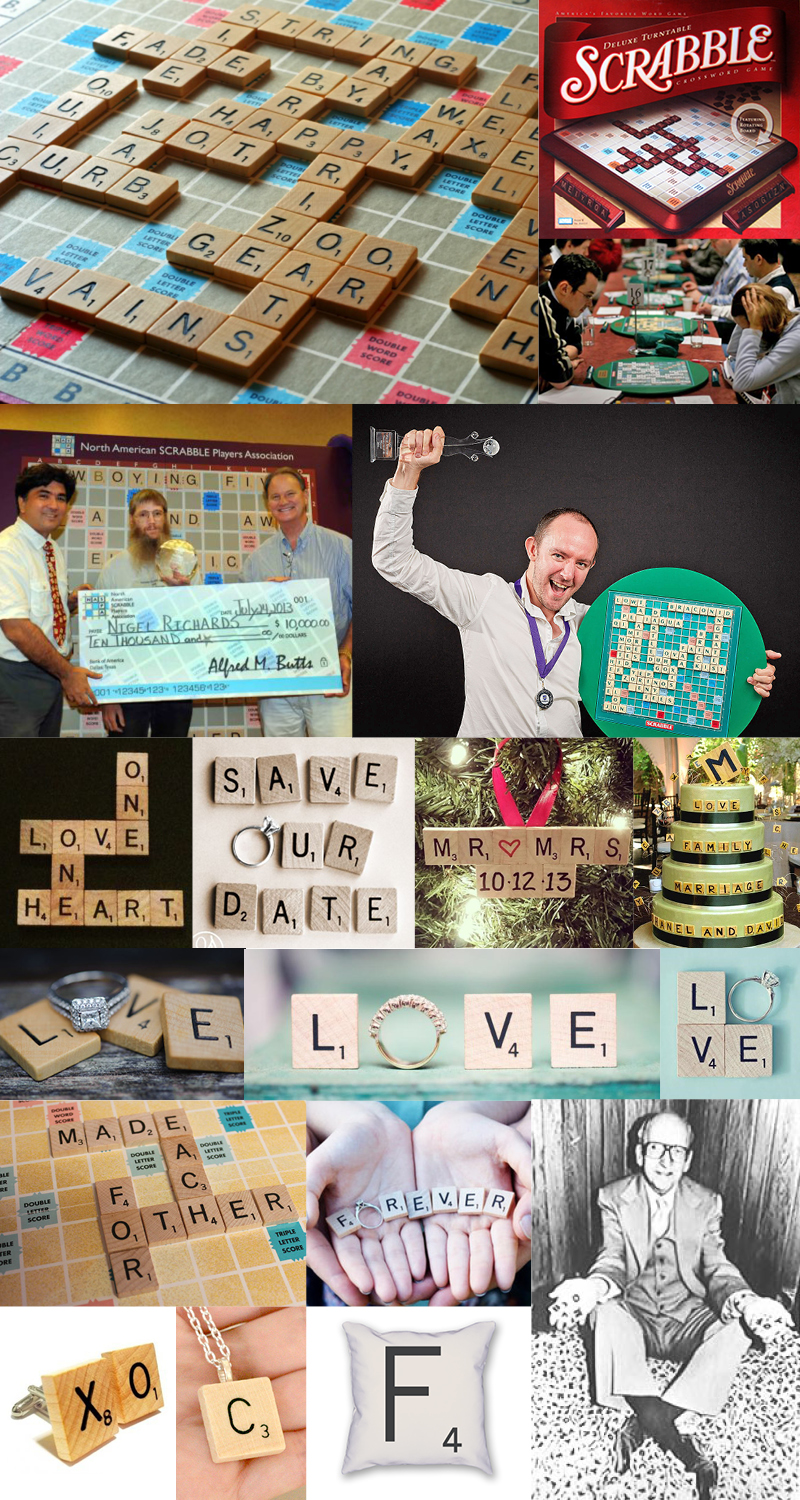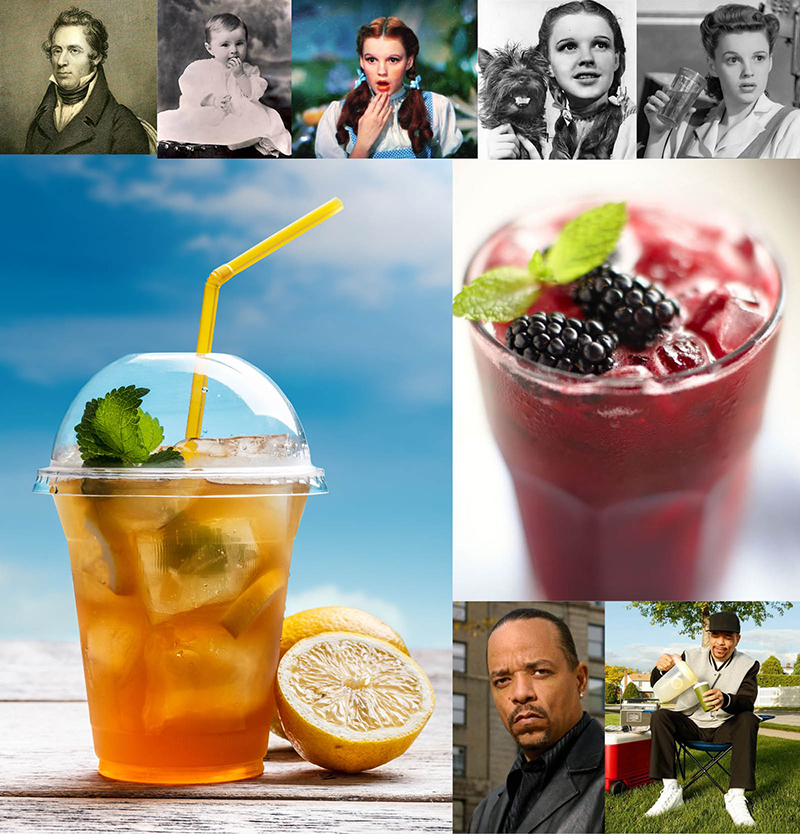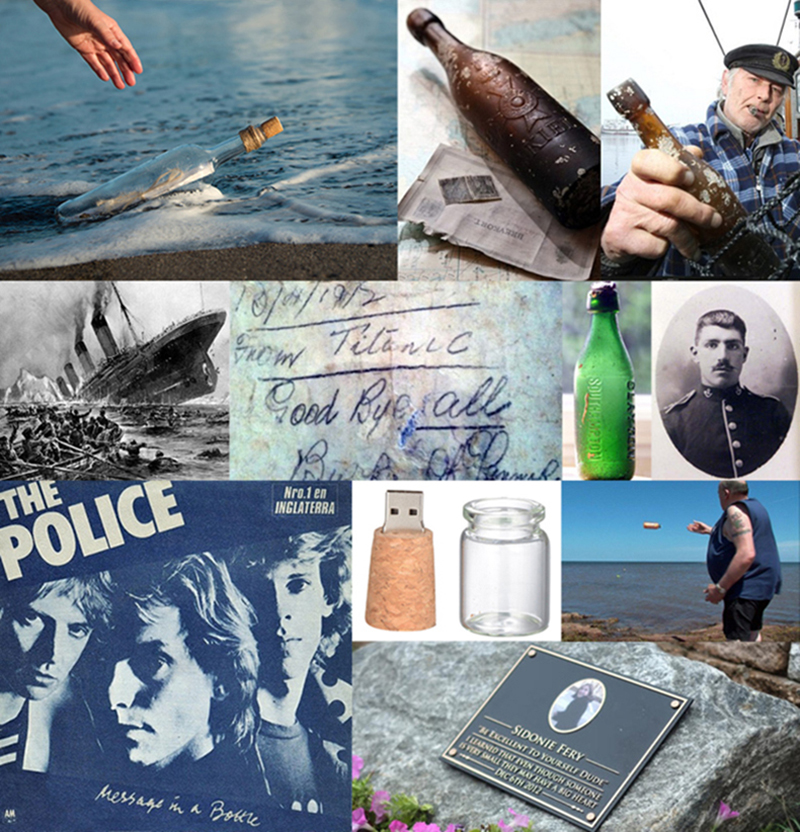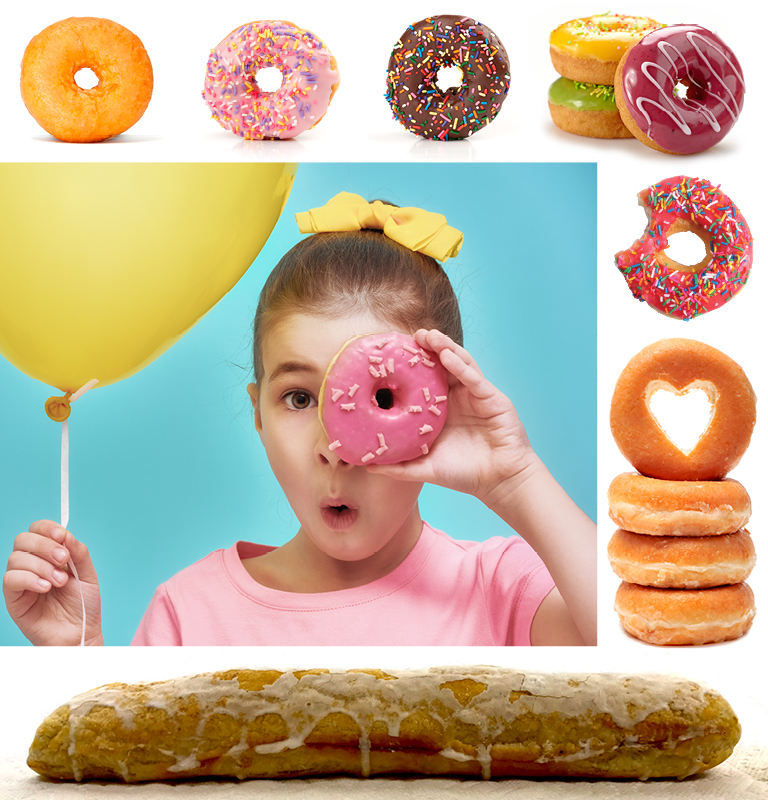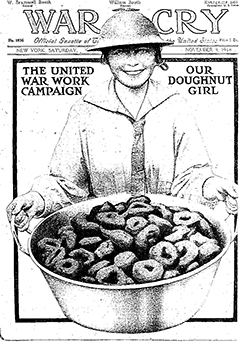OOOOOOO – AAAHHHH!
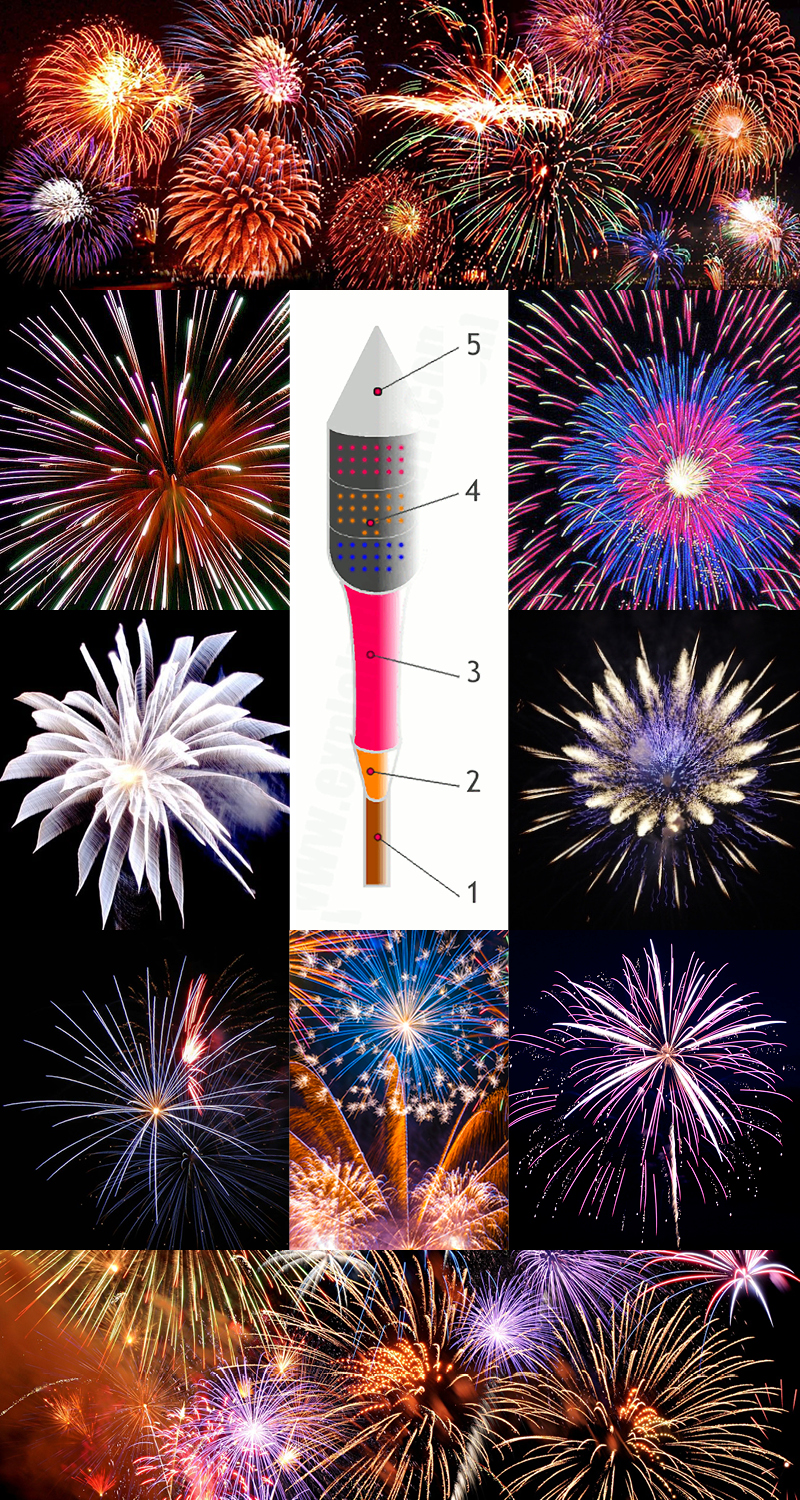

(middle image) The Anatomy of a Rocket: see explanation below. (all other still images) Fireworks are soooo great!! (bottom image via giphy.com) A short animated gif from drone footage. The full video can be seen HERE.
The Fourth of July weekend for me is one of the highlights of the summer. Not only do I get to see family and friends, and eat tons of my favorite foods (dogs, burgers, salads, watermelon, chips, cupcakes, ribs, grilled chicken, potatoes, beans, corn on the cob – I could go on…), but I get to watch awesome fireworks displays. When we were kids, Mom and Dad used to pack us all up in the car (we had 18 in the family remember) and drive over to Clague Park. I have such great memories of laying on a blanket and watching the light and sound shows.
So, here are two treats for you – some fireworks trivia and a list of some of the best fireworks shows in greater Cleveland. Enjoy, and special thanks to explainthatstuff.com and fireworksinohio.com.
- A firework is essentially a missile designed to explode in a very controlled way, with bangs and bursts of brightly colored light. The word “firework” comes from the Greek word pyrotechnics, which means, very appropriately, “fire art” or “fire skill.
The Anatomy of a Rocket
Fireworks can be quite complex and different types (rockets, Catherine wheels, lady fingers and so on) work in different ways. Simply speaking, though, aerial fireworks (ones designed to fire up into the sky) have five main parts.
- Stick (“tail”): The first thing you notice is a long wooden or plastic stick protruding from the bottom that ensures the firework shoots in a straight line. That’s important for two reasons. First, so that fireworks go where you intend to and don’t fly in a random direction (which can ruin your whole day!) and second, because it helps display organizers to position firework effects with accuracy and precision. Some fireworks now have hinged plastic sticks so they can be sold in smaller and more compact boxes.
- Fuse: This is the part that starts the main part of the firework (the charge) burning and ignites other, smaller fuses that make the interesting, colorful parts of the firework (the effects) explode some time later. In a basic firework, the main fuse consists of a piece of paper or fabric that you light with a match or cigarette lighter. In a complex public firework display, fuses are lit by electrical contacts known as wirebridge fuseheads. When the firework technician pushes a button, an electric current flows along a wire into the fusehead, making it burn briefly so it ignites the main fuse. Unlike manual ignition, electrical ignition can be done at a considerable distance, so it’s much safer.
- Charge (“motor”): The charge is a relatively crude explosive designed to blast a firework up into the sky, sometimes a distance of several hundred meters (1000ft or so) at a speed of up to several hundred km/miles per hour (as fast as a jet fighter)! It’s usually made up of tightly packed, coarse explosive gunpowder (also known as black powder). Traditionally, gunpowder used in fireworks was made of 75 percent potassium nitrate (also called saltpeter) mixed with 15 percent charcoal and 10 percent sulfur; modern fireworks sometimes use other mixtures (such as sulfurless powder with extra potassium nitrate) or other chemicals instead. Note that the charge simply sends the firework high into the air and clear of any spectators; it doesn’t make the spectacular explosions you can actually see.
- Effect: This is the part of the firework that makes the amazing display once the firework is safely high in the air. A single firework will have either one effect or multiple effects, packed into separate compartments, firing off in sequence, ignited by a relatively slow-burning, time-delay fuse working its way upward and ignited by the main fuse. Though essentially just explosives, the effects are quite different from the main charge. Each one is made up of more loosely packed, finer explosive material often fashioned into separate “stars,” which make up the small, individual, colorful explosions from a larger firework. Depending on how each effect is made and packed, it can either create a single explosion of stars very quickly or shoot off a large number of mini fireworks in different directions, causing a series of smaller explosions in a breathtaking, predetermined sequence.
- Head: This is the general name for the top part of the firework containing the effect or effects (collectively known as the payload—much like the load in a space rocket). Sometimes the head has a pointed “nose cone” to make the firework faster and more aerodynamic and improve the chance of it going in a straight line, though many fireworks simply have a blunt end.
- An exploding firework is essentially a number of chemical reactions happening simultaneously or in rapid sequence. When you add some heat, you provide enough activation energy (the energy that kick-starts a chemical reaction) to make solid chemical compounds packed inside the firework combust (burn) with oxygen in the air and convert themselves into other chemicals, releasing smoke and exhaust gases such as carbon dioxide, carbon monoxide, and nitrogen in the process.
- Fireworks get their color from metal compounds (also known as metal salts) packed inside. You probably know that if you burn metals in a hot flame (such as a Bunsen burner in a school laboratory), they glow with very intense colors— that’s exactly what’s happening in fireworks. Different metal compounds give different colors. Sodium compounds give yellow and orange, copper and barium salts give green or blue, and calcium or strontium make red.
- The solid chemicals packed into the cardboard case don’t simply rearrange themselves into other chemicals: some of the chemical energy locked inside them is converted into four other kinds of energy (heat, light, sound, and the kinetic energy of movement).
- According to a basic law of physics called the conservation of energy (one of the most important and fundamental scientific laws governing how the universe works), the total chemical energy packed into the firework before it ignites must be the same as the total remaining in it after it explodes, plus the energy released as light, heat, sound, and movement.
- Physics also explains why a firework shoots into the air. The charge is little more than a missile. As it burns, the firework is powered by action-and-reaction (also known as Newton’s third law of motion) in exactly the same way as a space rocket or jet engine. When the powder packed into the charge burns, it gives off hot exhaust gases that fire backward. The force of the exhaust gases firing backward is like the blast coming out from a rocket engine and creates an equal and opposite “reaction” force that sends the firework shooting forward up into the air.
- Ever notice how fireworks most always make symmetrical explosions? If one part of the firework goes left, another part goes to the right. You never see a firework sending all its stars to the left or a bigger series of explosions to the left than to the right: the explosion is always perfectly symmetrical. Why is that? It’s because of another basic law of physics called the conservation of momentum: the momentum of a firework (the amount of “stuff moving” in each direction, if you like) must be the same before and after an explosion, so explosions to the left must be exactly balanced by explosions to the right.
- Surprise and variety are the key to any good firework display: if all the fireworks were exactly the same, people would quickly get bored. Although all fireworks essentially work the same way—combining the power of a missile with the glory of burning metallic compounds—there are lots of different types: Rockets or skyrockets produce the most spectacular displays high in the air; Catherine wheels and pinwheels work closer to the ground, with a number of small fireworks mounted around the edge of a wooden or cardboard disk and make it spin around as they fire off; Roman candles blow out a series of small fiery explosions from a cylinder every so often; Firecrackers are fireworks designed to produce sound rather than light and they’re often incorporated into the upper effects of rockets.
- We think of fireworks as entertainment, but the same technology has more practical uses. Flares used by military forces and at sea work in almost exactly the same way, though instead of using metallic compounds made from elements such as sodium, they use brighter and more visible compounds based on magnesium and they’re designed to burn for much longer. Even in an age of satellite navigation and radar, most ships still carry flares as a backup method of signaling distress.
- Chinese people believed to have made explosive rockets in the 6th century CE during the Sung dynasty (960–1279CE).
- Arabian world acquires rocket technology from the Chinese around 7th century. During the mid 13th century, English monk and pioneering scientist Roger Bacon experiments with the composition and manufacture of gunpowder.
- Rockets similar to fireworks are used during an invasion of China by Mongolian forces in 1279.
- The Mongols introduced firework technology to Europe and it spreads during the Middle Ages. Fireworks are produced in Italy around 1540 and spread to England, France, and other European countries the following century.
- Guy Fawkes attempts to blow up the English houses of parliament on Nov 5, 1605 with gunpowder buried in the cellar, giving rise to the popular British custom of huge public firework displays on November 5 each year.
- The custom of using fireworks for elaborate celebrations gains popularity in Europe in the 17th century. Prompted century by the need to produce ever more spectacular displays, firework manufacturers introduce new chemicals and more sophisticated ways of packaging them.
- Fireworks become popular in the United States during the 19th century, initially as a way of celebrating Independence Day on July 4th.
- 20th century: American scientists Robert Hutchings Goddard swaps the solid fuel in fireworks for a liquid fuel system, pioneering modern space rocket technology that ultimately lands men on the Moon in 1969.
Greater Cleveland Fireworks Shows
July 1 – Mayfield Fourth of July
July 1&2 – Brecksville Home Days
July 2 – Warrensville Heights Fireworks & North Olmstead Boom
July 3 – Independence 4th of July & Bratenahl Fourth of July
July 4 – Lakewood, Bay Village, and Solon Independence Day, Berea, Strongsville, Westlake
July 6,7,8 – Broadview Heights Home Days on the Green
July 8 – Fairview Park Summerfest & Orrville Fire In the Sky
July 9 – Brook Park Home Days
Also, let’s be sure to honor our country again this 4th – our vets, our speech, and our way of life. Say a prayer for those who came before us and thank them for their commitment to freedom, leadership, friendship and the great US of A.

